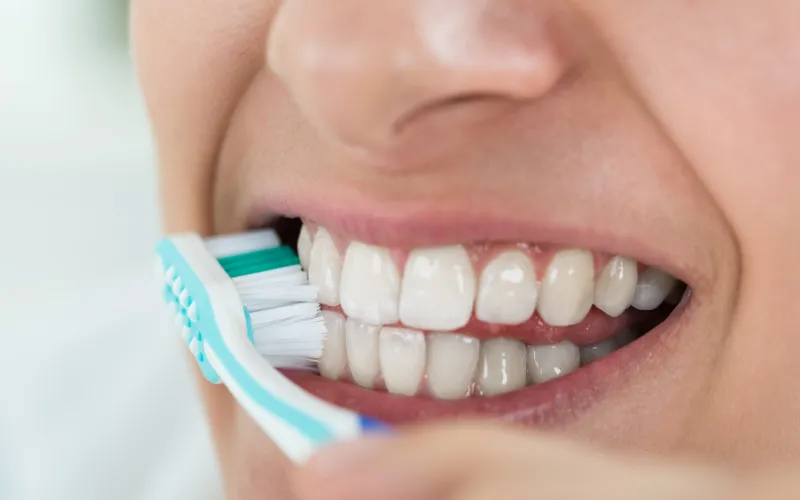Understanding Whitening Strips and Tooth Sensitivity
Teeth whitening strips have become a popular method for achieving a brighter smile. These strips contain a whitening agent, typically hydrogen peroxide or carbamide peroxide, designed to remove stains and discoloration from the enamel. However, before incorporating them into your oral hygiene routine, it’s crucial to understand how they work and their potential impact on your teeth and gums. One of the primary concerns associated with whitening strips is tooth sensitivity, which can range from mild discomfort to sharp, shooting pains. This sensitivity arises because the whitening agents can temporarily dehydrate the teeth and make the enamel more porous, allowing the agents to reach the nerves. This is why it is important to know when you should brush your teeth after using whitening strips.
How Whitening Strips Work
Whitening strips work by delivering a concentrated dose of a bleaching agent directly to the surface of your teeth. The active ingredient, usually hydrogen peroxide, penetrates the enamel and breaks down stain molecules. This process oxidizes the stains, making them less visible and resulting in a brighter appearance. The effectiveness of whitening strips can vary depending on factors such as the concentration of the whitening agent, the duration of application, and the type and severity of the stains. Some strips are designed for daily use over a period of weeks, while others offer a quicker treatment with higher concentrations. It’s important to follow the product instructions carefully to achieve the desired results and minimize potential side effects.
Ingredients and Their Effects

The primary active ingredient in most teeth whitening strips is hydrogen peroxide, which acts as the bleaching agent. Carbamide peroxide is another common ingredient, which breaks down into hydrogen peroxide when it comes into contact with water. These peroxides are effective at breaking down stain molecules, but they can also cause sensitivity. Other ingredients in whitening strips can include stabilizers, flavoring agents, and adhesives. The stabilizers help to maintain the potency of the peroxide, while the flavoring agents improve the taste and user experience. The adhesives are responsible for keeping the strip in place on your teeth. It’s important to be aware of all the ingredients in the whitening strips you use, particularly if you have any known allergies or sensitivities.
Potential Side Effects of Whitening Strips
While whitening strips can effectively brighten your smile, they are not without potential side effects. The most common side effect is tooth sensitivity, which can manifest as discomfort or sharp pains when consuming hot, cold, sweet, or sour foods and drinks. Gum irritation is another potential side effect, which can occur if the whitening agent comes into contact with your gums. This can lead to redness, swelling, and tenderness. In rare cases, prolonged use of whitening strips can cause more severe side effects, such as enamel erosion. To minimize these risks, it’s crucial to use whitening strips as directed, avoid overuse, and consult your dentist if you experience any adverse reactions. Make sure you are not brushing your teeth after using a whitening strip as it can increase the side effects.
The Importance of Timing Brushing
The timing of brushing your teeth in relation to using whitening strips is critical for maximizing results and minimizing potential harm. Brushing immediately after applying a whitening strip can interfere with the whitening process and increase the risk of sensitivity. Understanding why this is the case can help you develop a safe and effective routine. The key is to allow the whitening agent to work without interference, and to avoid any actions that might compromise the enamel or irritate the gums. Proper timing ensures the best possible outcome from your whitening efforts.
Why You Shouldn’t Brush Immediately After
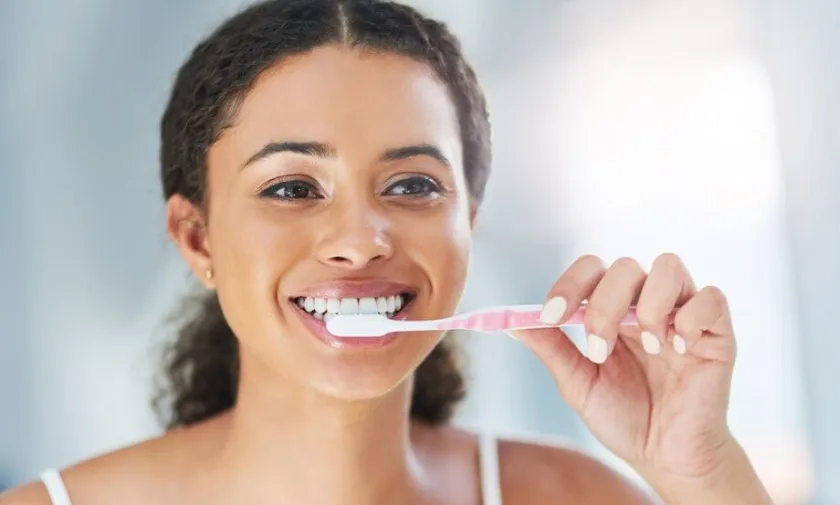
Brushing your teeth immediately after using whitening strips can be counterproductive for several reasons. Firstly, brushing can physically remove some of the whitening agent before it has a chance to fully penetrate the enamel and break down stains. This can reduce the effectiveness of the treatment. Secondly, brushing can make your teeth more sensitive. The abrasive action of the toothbrush, combined with the effects of the whitening agent, can erode the enamel and irritate the gums. This can lead to increased sensitivity and discomfort. Finally, the combination of brushing and the whitening agent can increase the risk of gum irritation and inflammation. Therefore, it’s generally recommended to avoid brushing immediately after using whitening strips to optimize results and protect your oral health.
How Brushing Affects Whitening
Brushing your teeth can significantly affect the effectiveness of whitening strips. The abrasive action of the toothbrush, especially when using a hard-bristled brush or applying too much pressure, can wear away the enamel. This can make your teeth more vulnerable to staining and reduce the overall whitening effect. Additionally, toothpaste can contain ingredients, such as abrasive particles, that can physically remove some of the whitening agent before it has a chance to work. Therefore, brushing too soon after using whitening strips can hinder the whitening process and diminish the desired results. The goal is to allow the whitening agent to remain in contact with your teeth for the recommended time without disruption.
Recommended Waiting Times Before Brushing
The ideal waiting time before brushing your teeth after using whitening strips varies slightly depending on the product and your dentist’s recommendations. However, a general guideline is to wait at least 30 minutes to an hour after removing the strips before brushing. This allows the whitening agent to fully penetrate the enamel and break down stains without interference. During this waiting period, it’s best to avoid eating or drinking anything other than water, as these can also interfere with the whitening process. Following this waiting time helps ensure that you get the most out of your whitening treatment while minimizing the risk of sensitivity or irritation.
Best Practices for Brushing and Whitening Strips
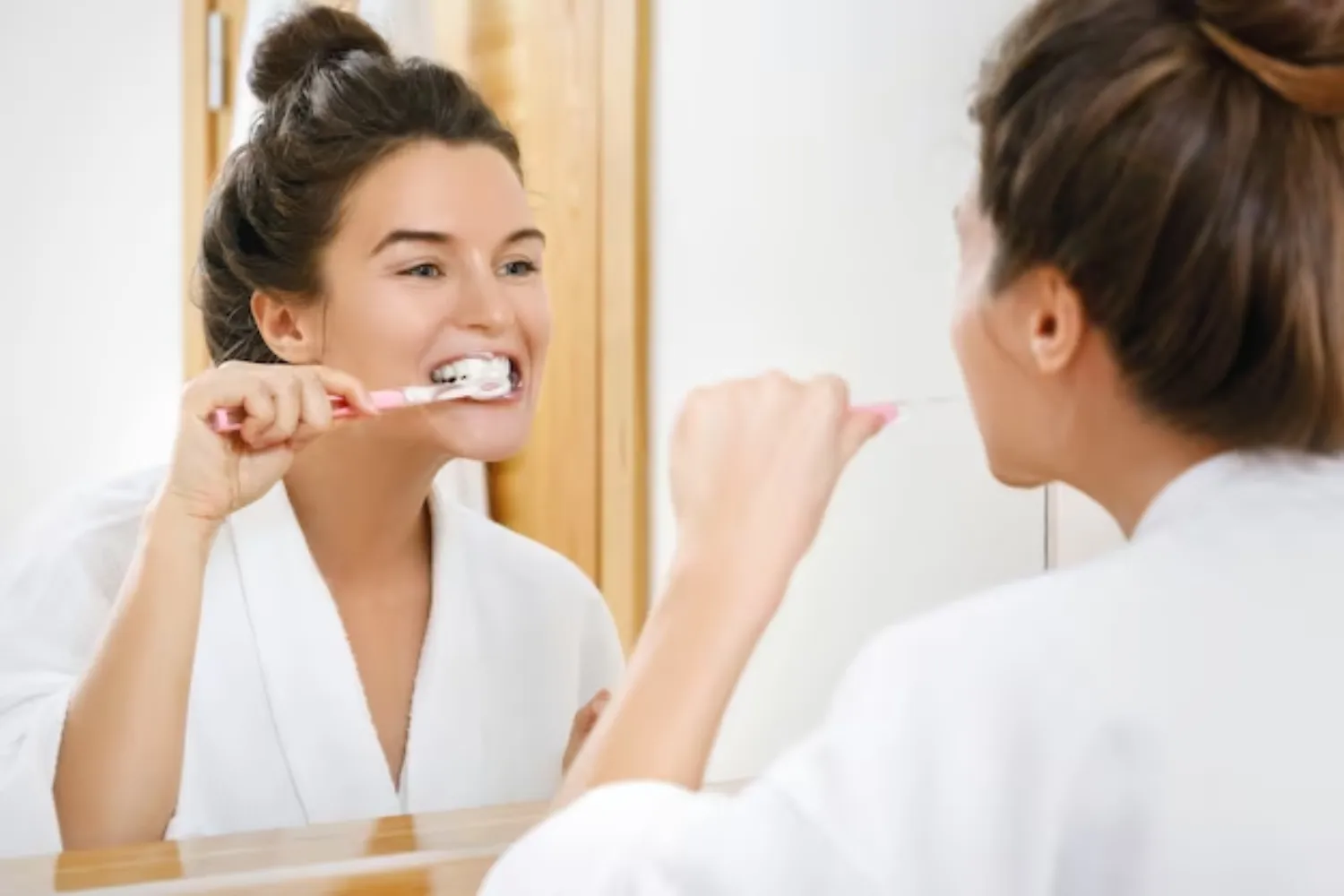
To achieve the best results from whitening strips while maintaining good oral hygiene, consider the following best practices. These strategies will help you maximize the effectiveness of your whitening treatment while protecting your teeth and gums. It is important to have a clear understanding of how to properly brush and care for your teeth and gums, especially in relation to using whitening strips. These practices ensure that you get the most out of your whitening treatment while keeping your smile healthy and bright.
Choosing the Right Toothpaste
The type of toothpaste you use can also impact your whitening experience. Avoid using toothpaste that is highly abrasive or contains harsh chemicals, especially if you are experiencing sensitivity. Look for toothpaste that is designed for sensitive teeth, as these often contain ingredients like potassium nitrate or stannous fluoride, which can help reduce sensitivity. Also, consider using a toothpaste with a low RDA (Relative Dentin Abrasivity) value, which indicates the abrasiveness of the toothpaste. Another option is to use a toothpaste specifically designed to be used alongside whitening treatments. These toothpastes often contain gentle cleaning agents and can help maintain the results of your whitening efforts.
Gentle Brushing Techniques
Proper brushing technique is crucial for maintaining healthy teeth and gums, particularly when using whitening strips. Use a soft-bristled toothbrush to minimize abrasion to the enamel. Brush your teeth gently, using small circular motions instead of scrubbing back and forth. Avoid applying excessive pressure, as this can damage the enamel and irritate the gums. Brush for the recommended two minutes, ensuring that you reach all surfaces of your teeth. After brushing, rinse your mouth thoroughly with water or a fluoride mouthwash. Gentle brushing, combined with the right toothpaste, will help you keep your teeth clean and protect them from sensitivity.
The Role of Fluoride
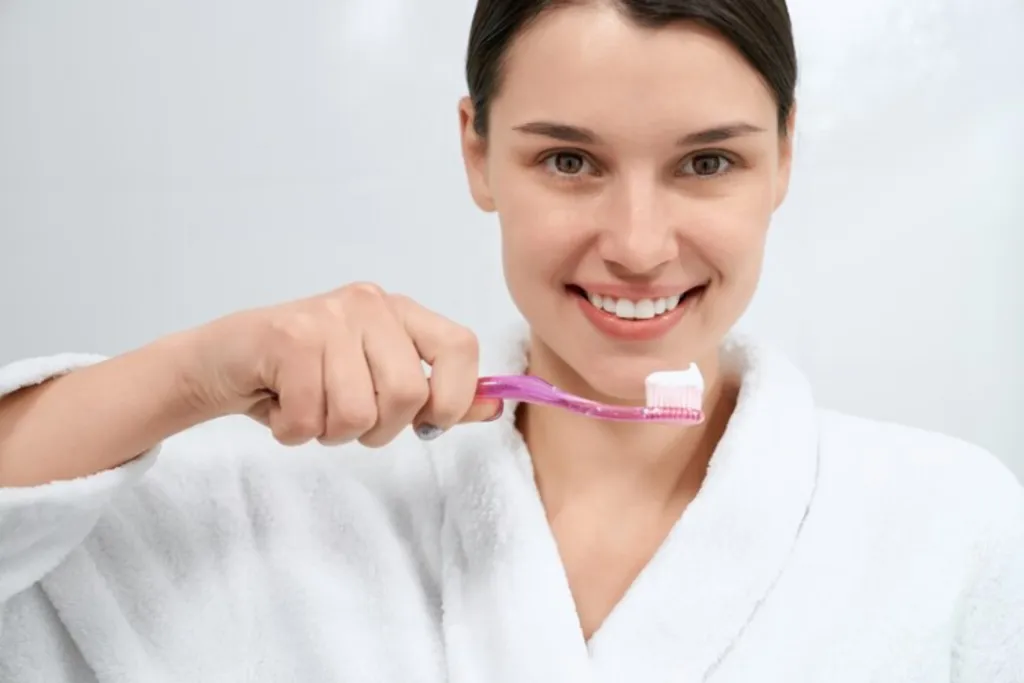
Fluoride plays a vital role in maintaining the health of your teeth, especially when you are undergoing whitening treatments. Fluoride strengthens the enamel, making your teeth more resistant to decay and sensitivity. It also helps to remineralize the enamel, repairing any microscopic damage caused by the whitening agent. Using a toothpaste or mouthwash that contains fluoride is an excellent way to incorporate fluoride into your routine. Consider using a fluoride rinse after brushing, but wait for the recommended amount of time after removing your whitening strips. If you are prone to sensitivity, your dentist might recommend a prescription-strength fluoride treatment. Fluoride is an essential part of your oral care routine, especially while using whitening strips.
Optimizing Your Whitening Routine
Creating an effective whitening routine involves more than just applying the strips. It requires careful planning and attention to detail to get the best results and avoid any potential complications. From the initial preparation to the post-treatment care, it’s essential to optimize your approach. This means following a comprehensive plan that addresses all the key aspects of teeth whitening, including pretreatment preparations, post-treatment care, and strategies to maintain results.
Pre-Treatment Preparations
Before you start using whitening strips, there are several steps you can take to prepare your teeth and maximize your results. Schedule a dental cleaning to remove any surface stains and plaque. This will allow the whitening agent to penetrate your enamel more effectively. Address any existing dental issues, such as cavities or gum disease, before starting the whitening treatment. These conditions can make your teeth more sensitive. It’s also wise to consult your dentist to make sure that teeth whitening strips are appropriate for you, since they are not recommended for everyone. By preparing your teeth properly, you will be well on your way to a brighter smile.
Post-Treatment Care
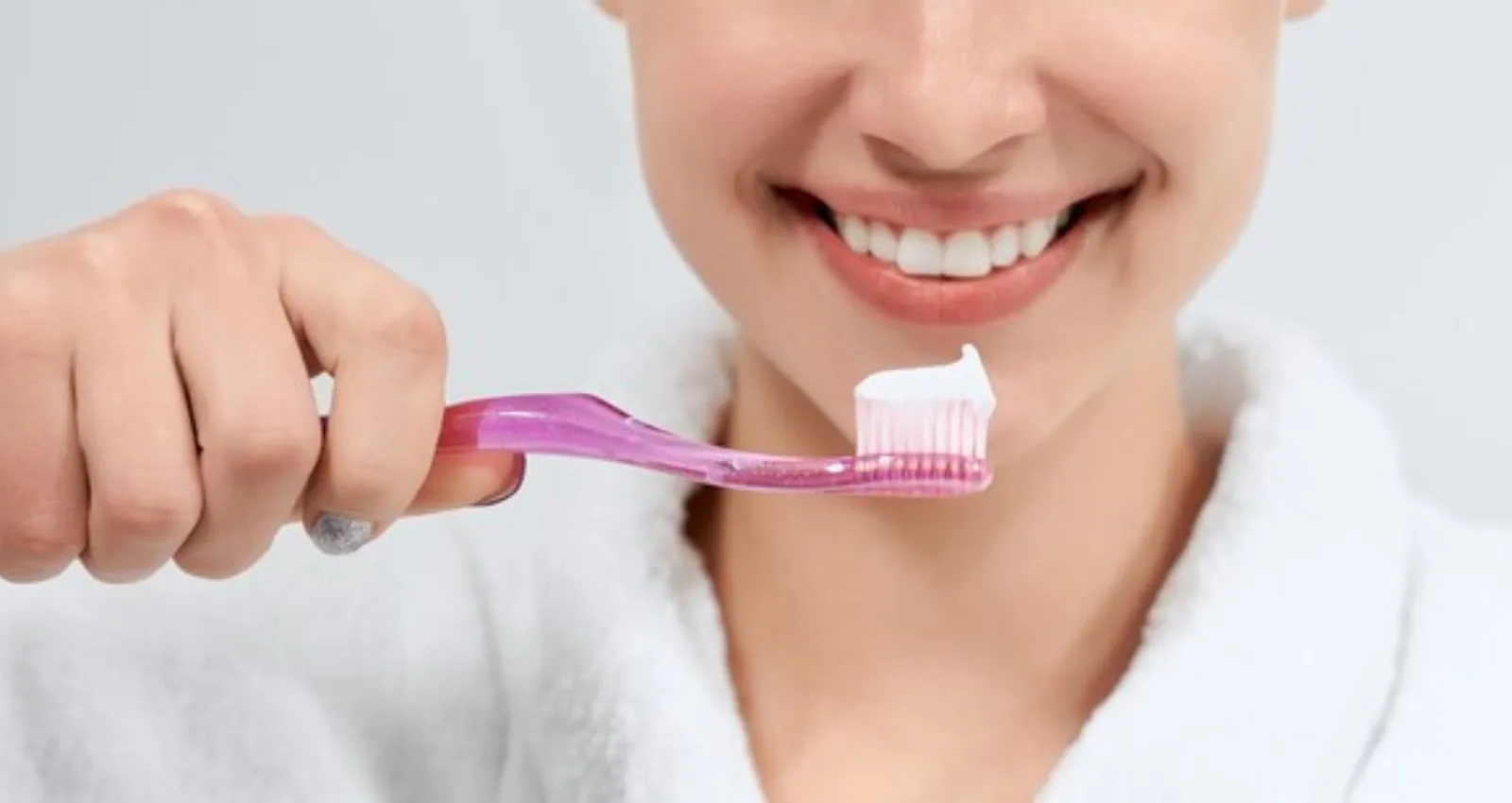
After completing your whitening treatment, it’s important to take care of your teeth to maintain your results and minimize sensitivity. Avoid consuming staining foods and beverages, such as coffee, tea, red wine, and dark-colored sauces, for at least a few days after each treatment. If you consume these items, rinse your mouth with water immediately afterward. Use a toothpaste designed for sensitive teeth and continue to brush gently. Schedule regular dental checkups and cleanings to monitor your oral health and address any issues promptly. Good post-treatment care will help you keep your smile bright and healthy.
Maintaining Results
Maintaining the results of your teeth whitening treatment requires a proactive approach to oral hygiene and lifestyle choices. Brush your teeth twice a day with a fluoride toothpaste and floss daily to remove plaque and food particles. Rinse your mouth with a fluoride mouthwash. Avoid smoking and limit your consumption of staining foods and drinks. Consider using touch-up whitening strips or whitening toothpaste as recommended by your dentist. Regular dental checkups and cleanings are essential to ensure your teeth stay healthy and your smile stays bright. With the right approach, you can enjoy a dazzling smile for a long time.
